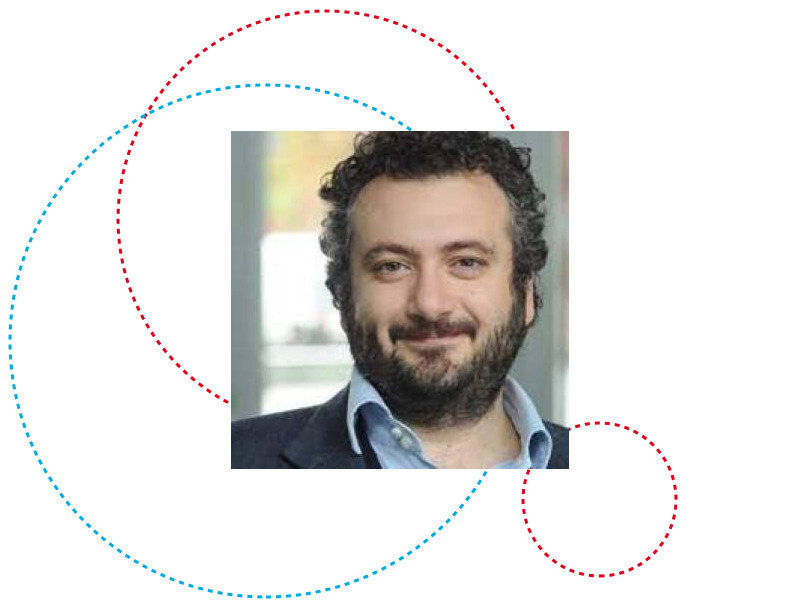Dynamical Landscape and Multistability of the Earth’s Climate
Abstract:
For a wide range of values of the incoming solar radiation, the Earth features at least two attracting states, which correspond to competing climates. The warm climate is analogous to the present one; the snowball climate features global glaciation and conditions that can hardly support life forms. Paleoclimatic evidences suggest that in the past our planet flipped between these two states, and possibly additional ones. Here, we explore the global stability properties of the system first by investigating the properties of the competing attractors and of the edge state situated in the basin boundary, and then by introducing random Gaussian perturbations that modulate the intensity of the incoming solar radiation. We observe noise-induced transitions between the competing basins of attraction. In the weak noise limit, large deviation laws define the invariant measure, the statistics of escape times, and typical escape paths called instantons. Indeed, the system lives in an energy-like landscape with valleys and mountain ridges defined by the Graham’s quasipotential. For low (high) values of the solar irradiance, the zero-noise limit measure is the snowball (warm) climate. The changeover between the two regimes corresponds to a first-order phase transition in the system. We then compare the results obtained using the theory of quasipotentials with what can be obtained using a bottom-up approach. Harnessing techniques from data science, specifically manifold learning, we characterize the data landscape to find climate states and basin boundaries within a fully agnostic and unsupervised framework. Both approaches show remarkable agreement, and reveal, apart from the well known warm and snowball earth states, a third intermediate, new stable state in one of the two climate models we consider. The combination of our approaches allows to identify how macroscopic, physical properties of the climate system – the role of the ocean heat transport and of the hydrological cycle – drastically change the topography of the dynamical landscape of Earth’s climate. Finally, we show how considering more general classes of noise laws than the Gaussian one leads to a fundamental change in the framework given above. The framework we propose seems of general relevance for the study of complex multistable systems with multiple scales of motions.
Bio: Valerio Lucarini is a professor of statistical mechanics at the University of Reading, where he directs the Centre for Mathematics of Planet Earth. Before that, he held the chair of theoretical meteorology at the University of Hamburg. He obtained his PhD in Physics at the University of Eastern Finland. He received a 2018 Whitehead Prize of the London Mathematical Society and the 2020 Lewis Fry Richardson Medal of the European Geosciences Union. He will deliver the American Geophysical Union’s 2021 Ed Lorenz Lecture. Email: v.lucarini@reading.ac.uk
V Lucarini, L Serdukova, G Margazoglou, Lévy-noise versus Gaussian-noise-induced Transitions in the Ghil-Sellers Energy Balance Model, arXiv:2110.10793 (2021)
G. Margazoglou, T. Grafke, A. Laio, V. Lucarini, Dynamical Landscape and Multistability of a Climate Model, Proc. R. Soc. A477 20210019 (2021)
M. Ghil, V. Lucarini, The Physics of Climate Variability and Climate, Rev. Modern Physics, 92, 035002 (2020)
V. Lucarini, T. Bodai, Global Stability Properties of the Climate: Melancholia States, Invariant Measures, and Phase Transitions, Nonlinearity 33 R59 (2020)
V. Lucarini, T. Bodai, Transitions across Melancholia States in a Climate Model: Reconciling the Deterministic and Stochastic Points of View, Phys. Rev. Lett. 122,158701 (2019)
V. Lucarini, T. Bodai, Edge States in the Climate System: Exploring Global Instabilities and Critical Transitions, Nonlinearity 30, R32 (2017)
